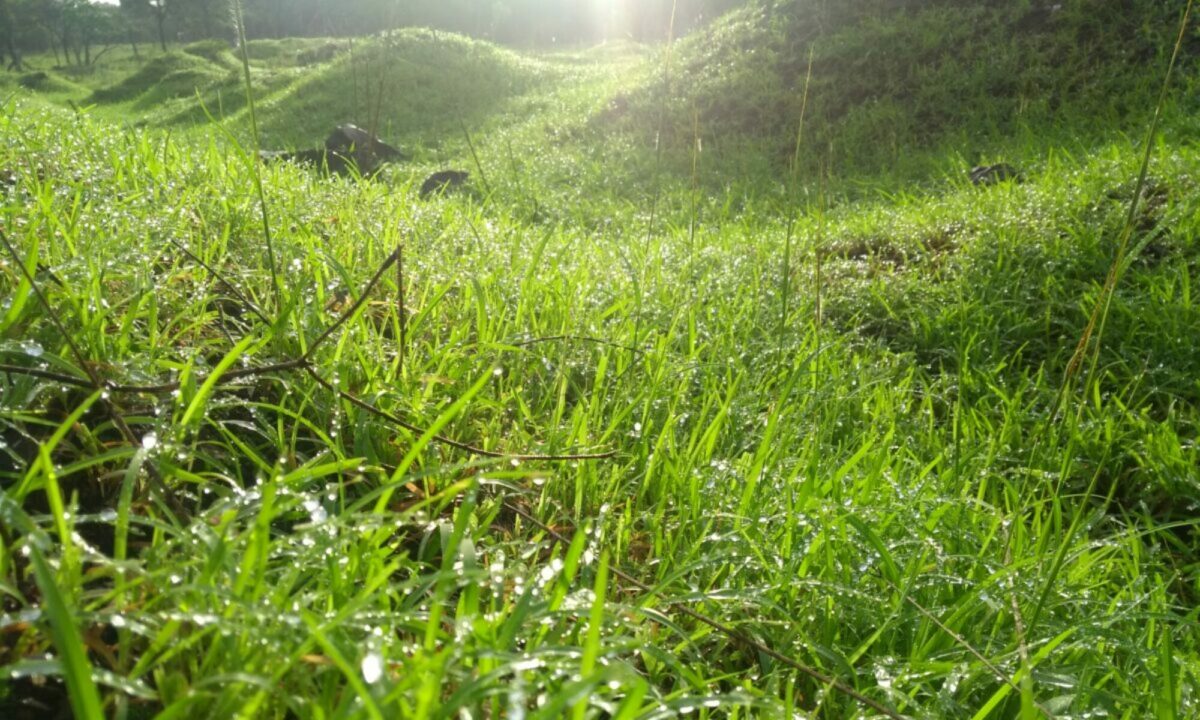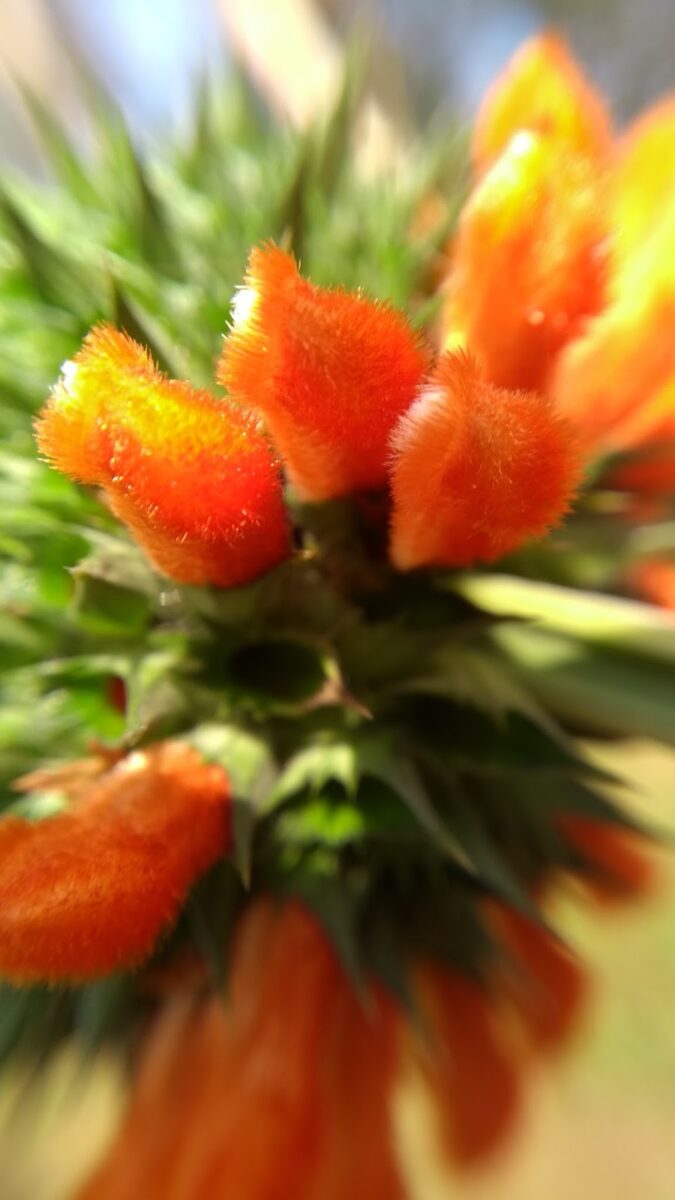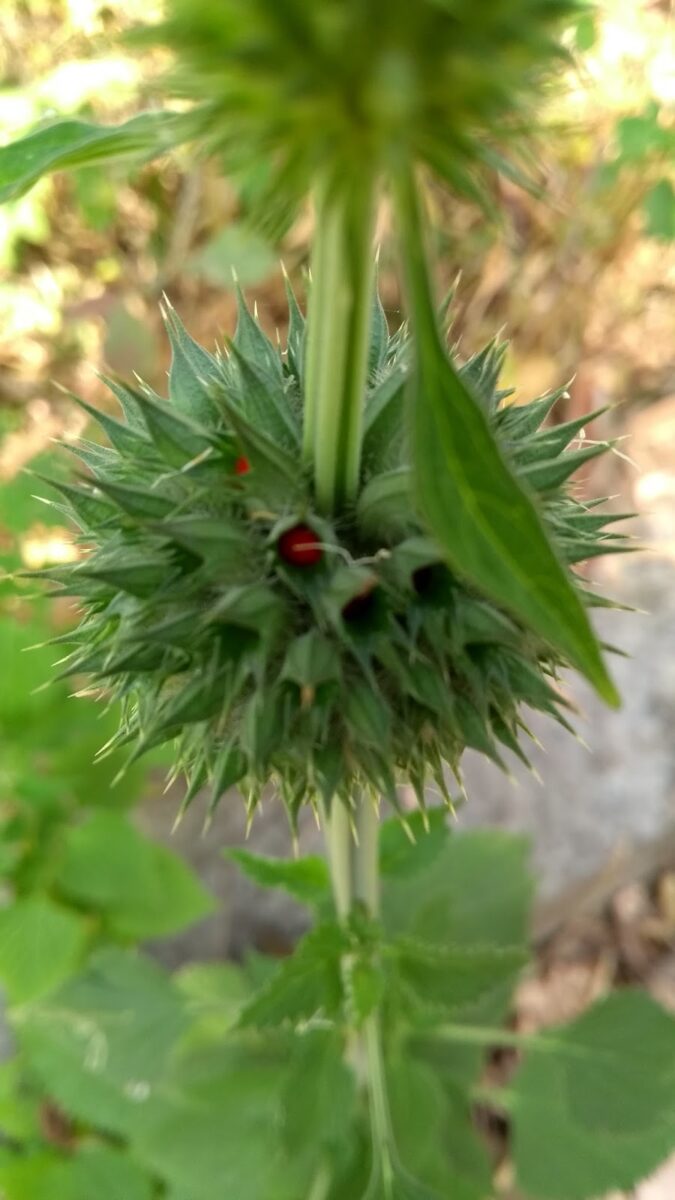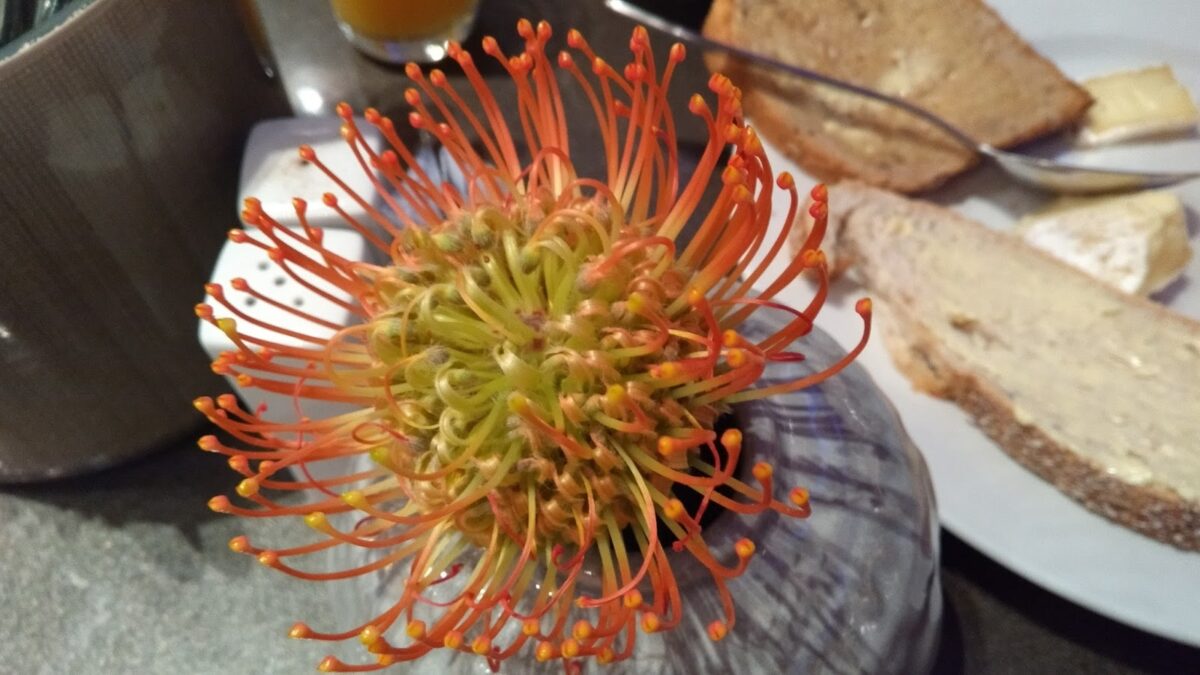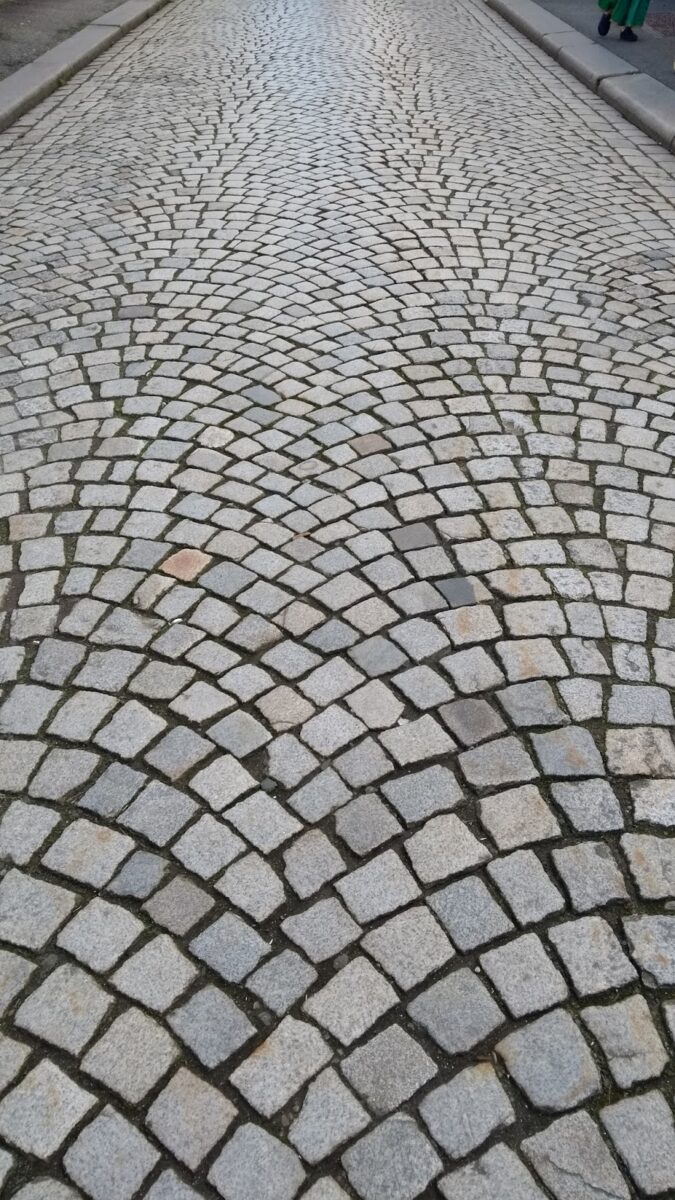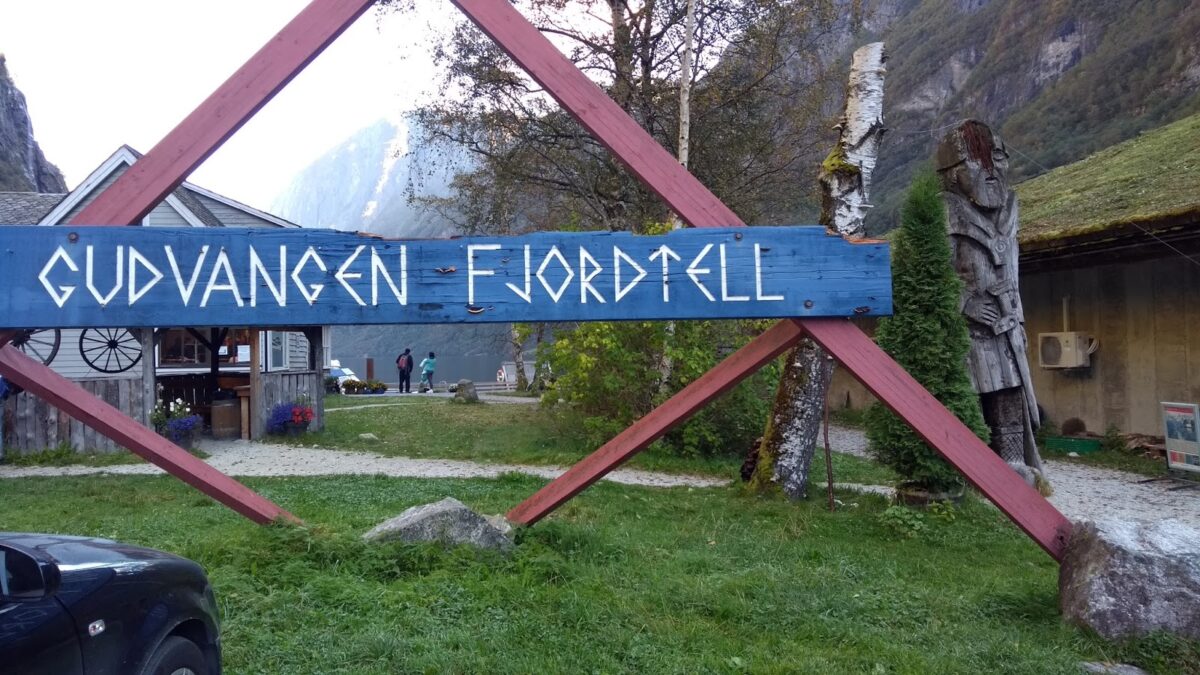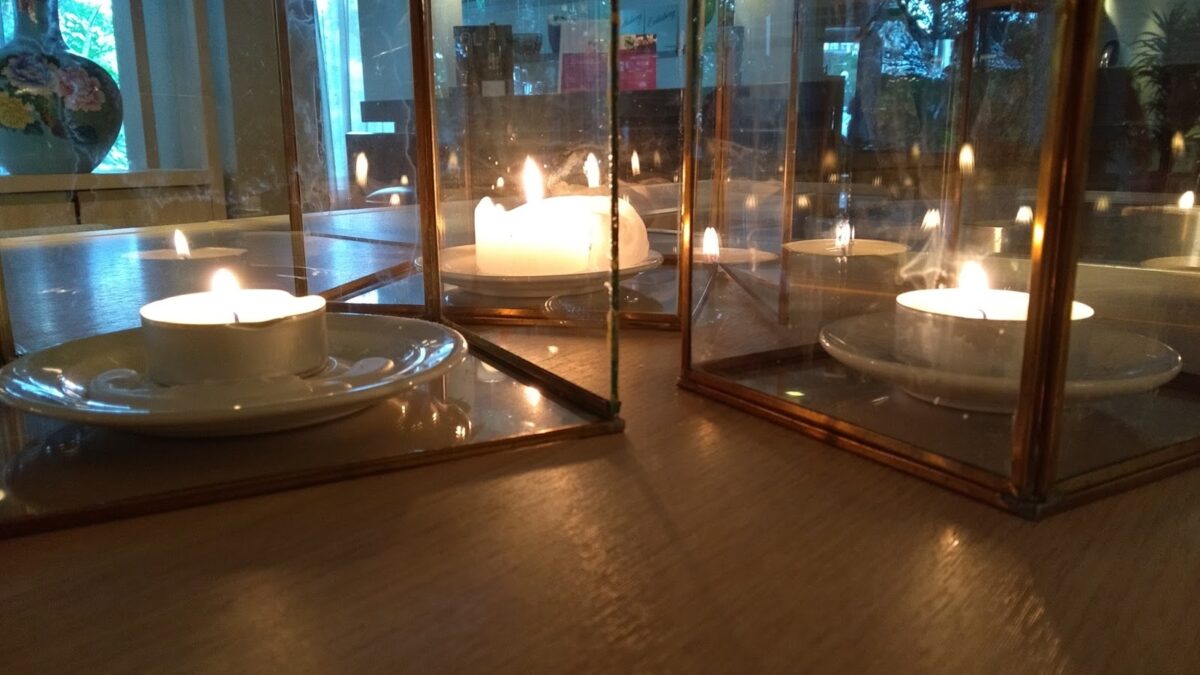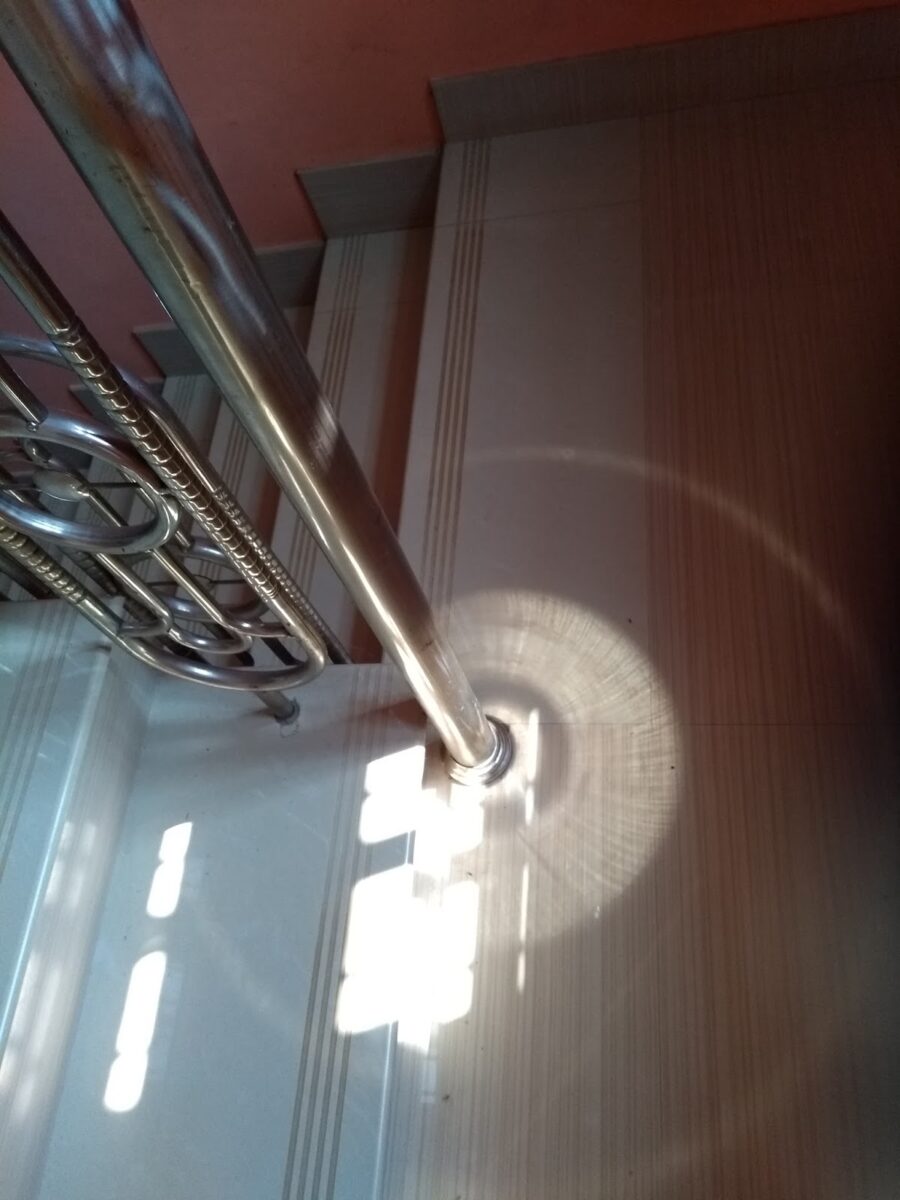
Orange (Wordless Wednesday)
Pin Cushion Flower (Wordless Wednesday)
Feeling Dwarfed (#ThursdayTreeLove)
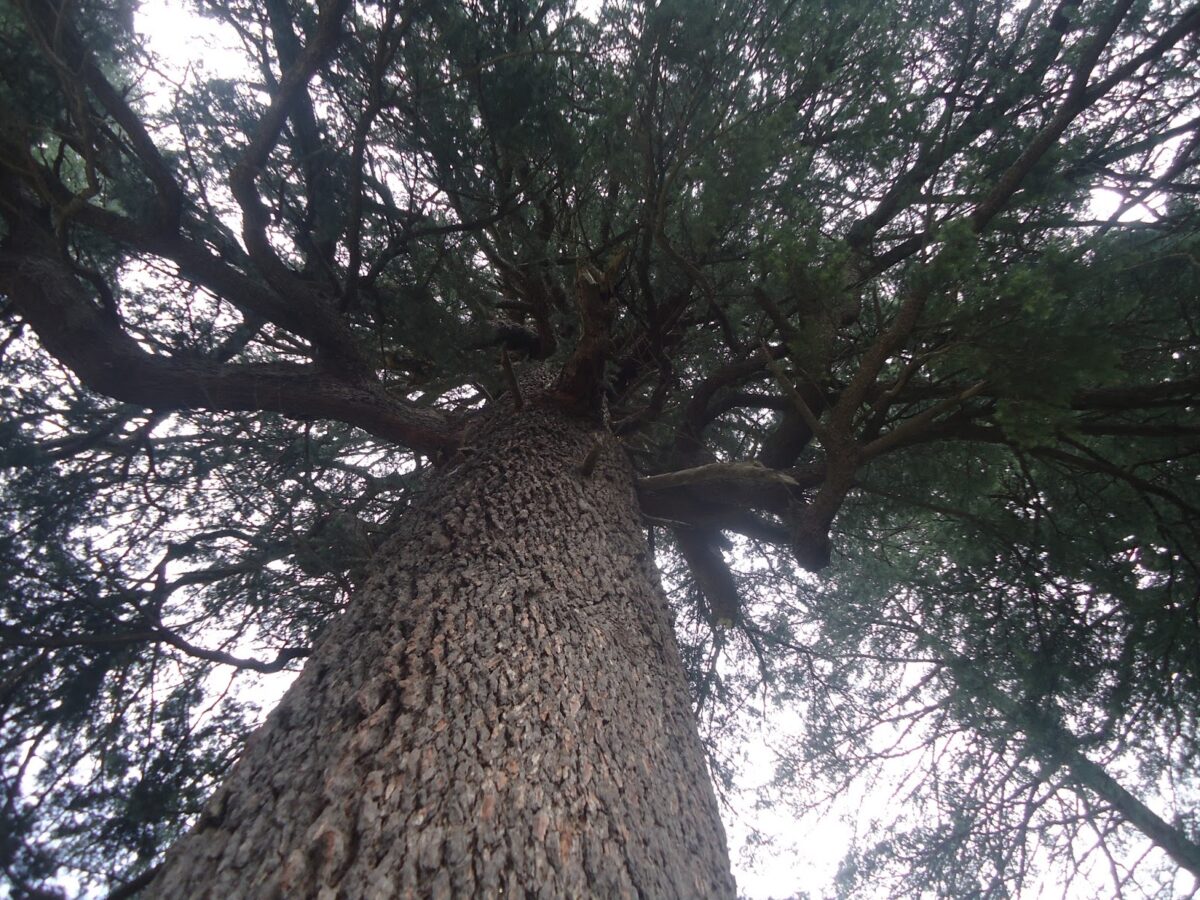
According to the locals, this is a really old tree, a claim which was supported by its height and girth. The tree is the Devdar which goes by the botanical name Cedrus deodara from the Pinaceae family. The leaves are needle like and the tree bears cones and not regular fruit that we are familiar with.
There were several Devdars in Manali and in on the mountain slopes as well. Here is another one that I spotted. Its stem is twisted, I wonder why…..
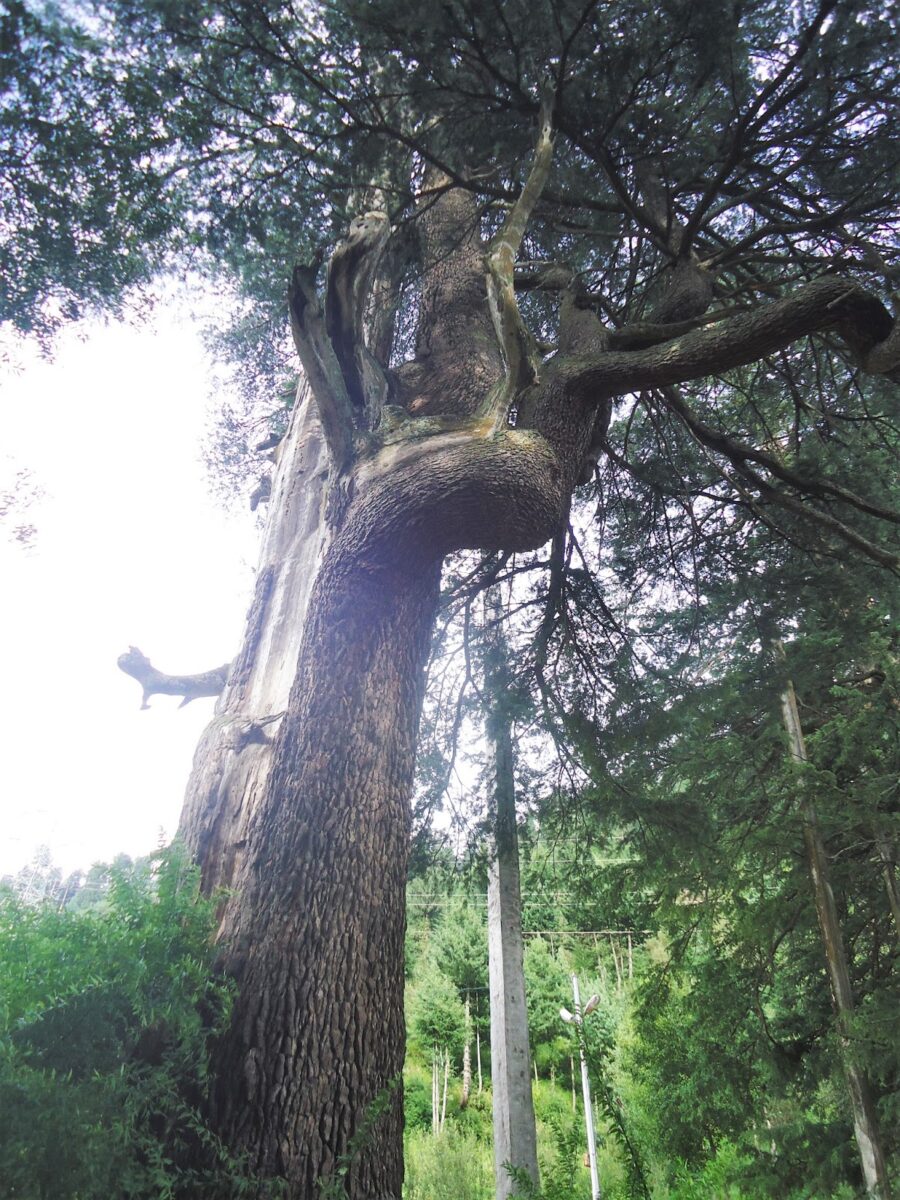
The species is native to India and commonly found on the slopes of the western Himalayas.
Have you seen the mighty Devdar tree?
I am participating in Parul’s #ThursdayTreeLove28. Head over to see some wonderful trees from around the world.
Choices (Wordless Wednesday)
Cobbled Street (Wordless Wednesday)
Heritage Tree (#ThursdayTreeLove)
In a perfect coincidence, my tree for the day is the Pilu or Salvadora persica which I have seen in the lawns of the Qutub Minar in Delhi. Our guide told us that this tree is really really old and the tree trunk showed its age. It belongs to the Salvadoraceae family and is also called Meswak.
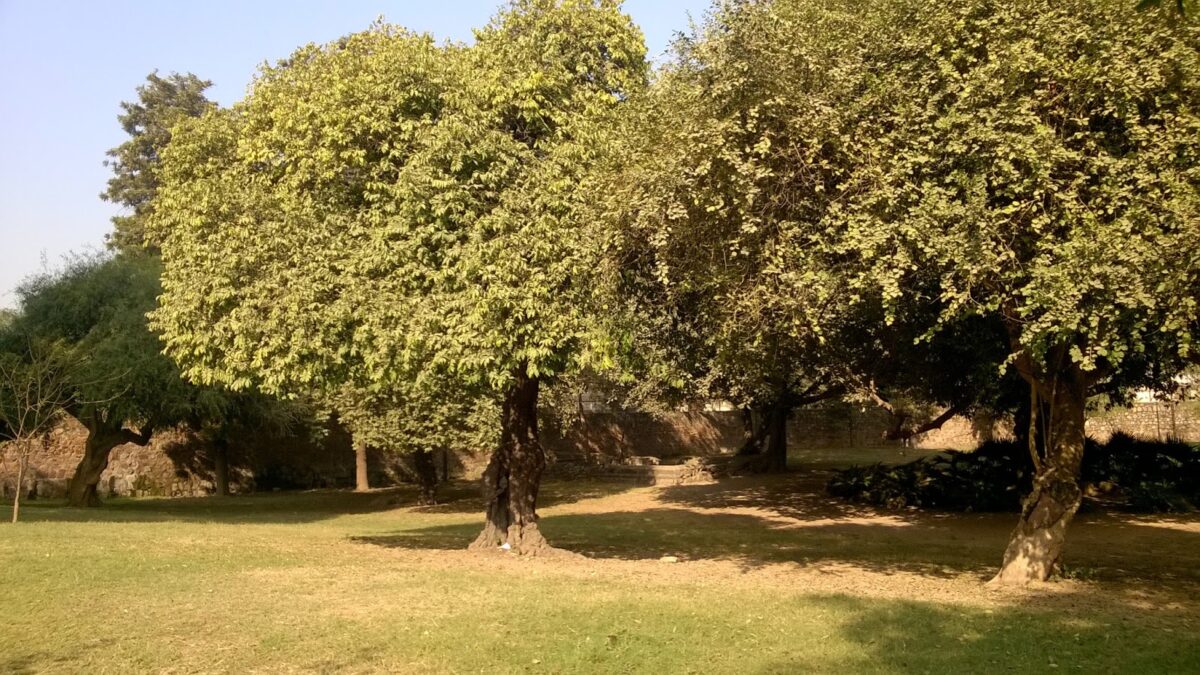
There are several of these in the complex so do take a while to spot and admire then if you do visit Qutub Minar. They have gnarled trunks with elliptic to oblong leaves with entire margins and arranged oppositely on the stems. We were lucky to see the fruits that were really beautiful glassy looking red globule like structures.
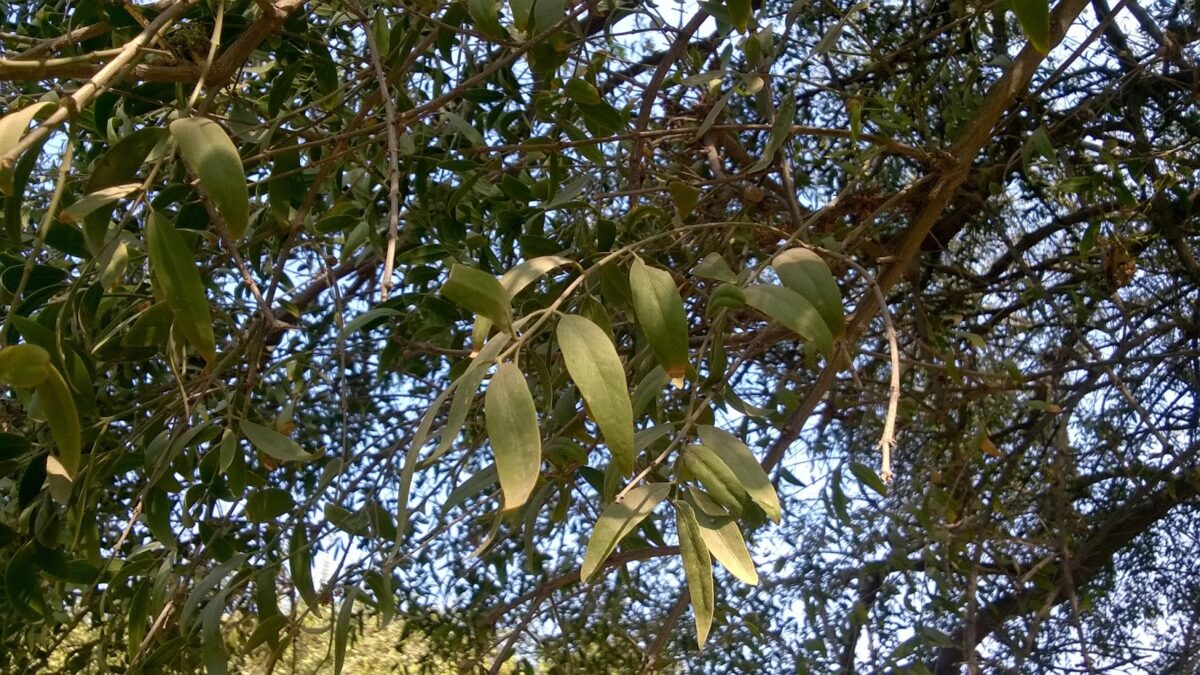 |
| Leaves |
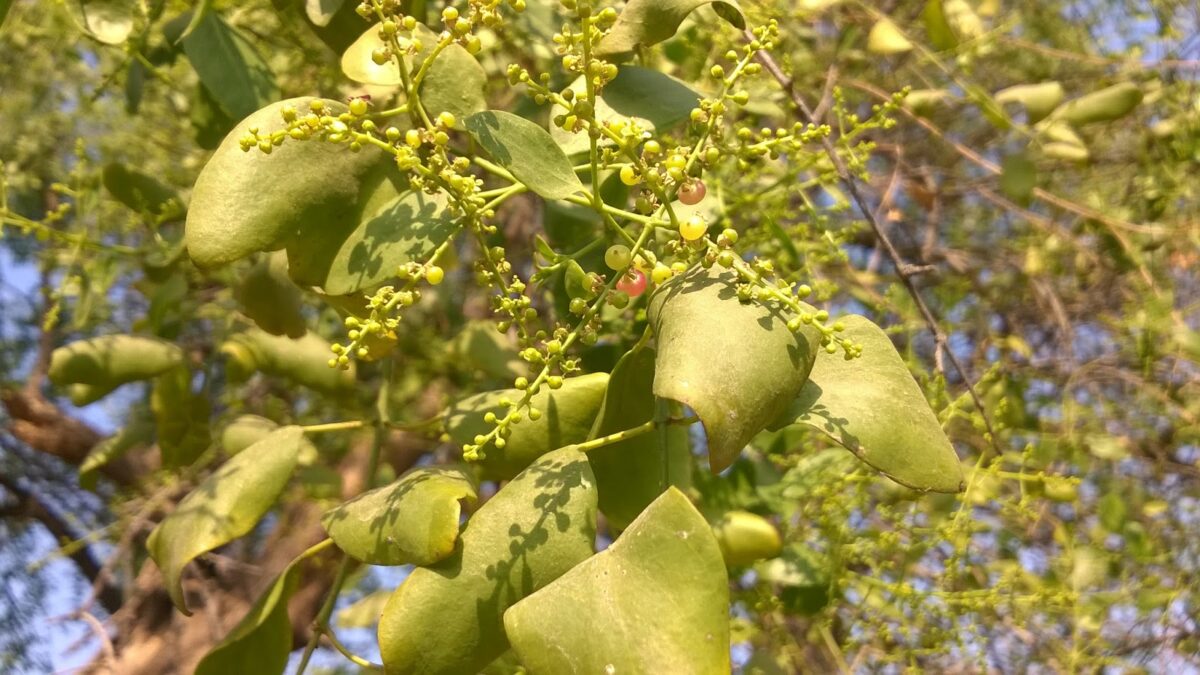 |
| Fruits |
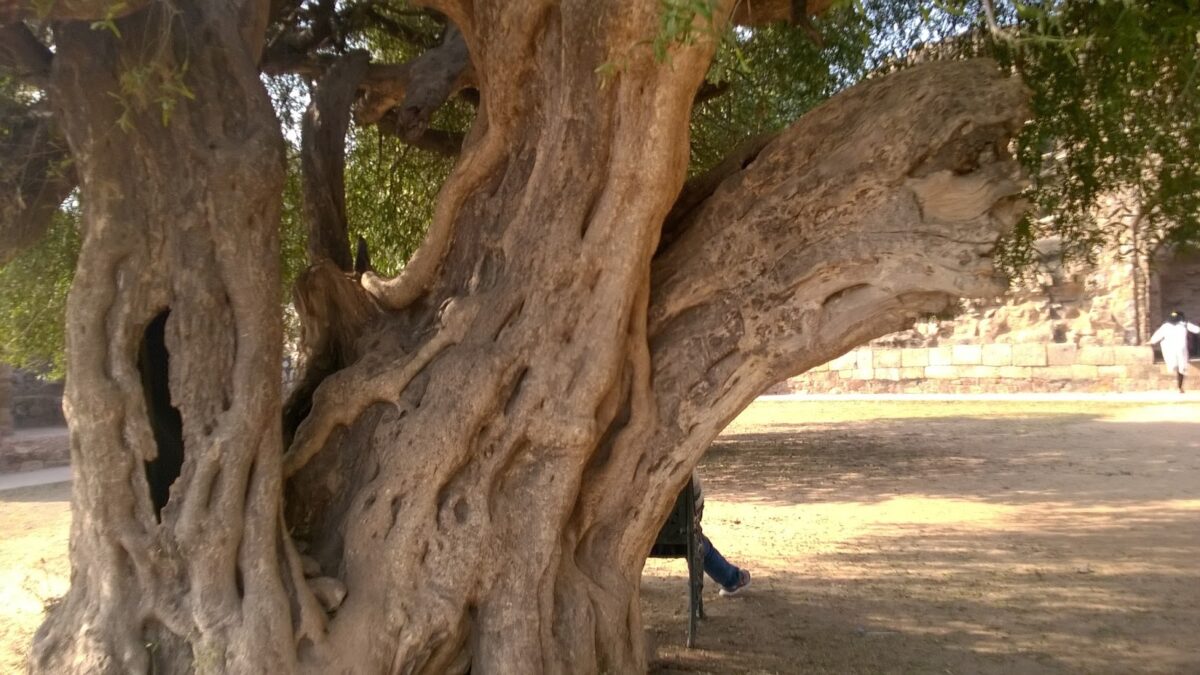 |
| One of the trees has this massive trunk which has some infestation |
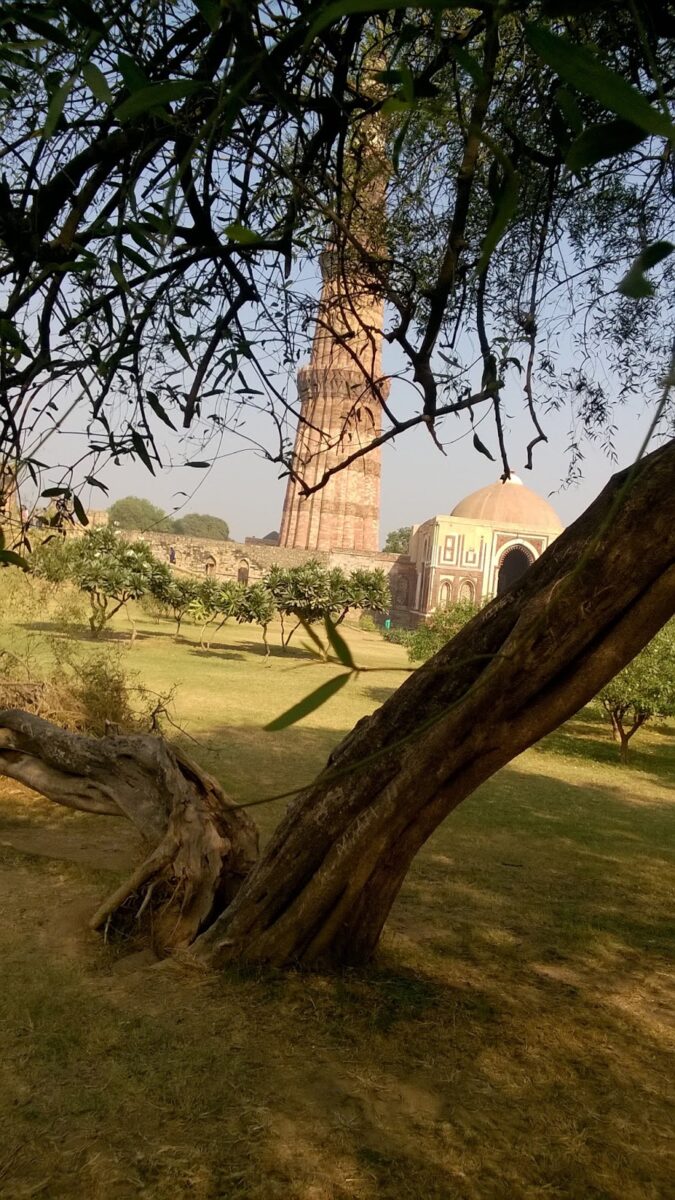 |
| As you can see one of the trees has fallen possibly weakened by some infection or due to weather conditions |
According to my field botany teachers, this tree is a mangrove associate so how come its flourishing in dry Delhi is a bit of a surprise to me.
Have you visited Qutub Minar? Have you spotted these trees?
I am participating in Parul’s #ThursdayTreeLove27. Head over there to see some lovely trees from around the world.
Viking Village (Wordless Wednesday)
How Many Candles? (Wordless Wednesday)
Falling Stars (#ThursdayTreeLove)
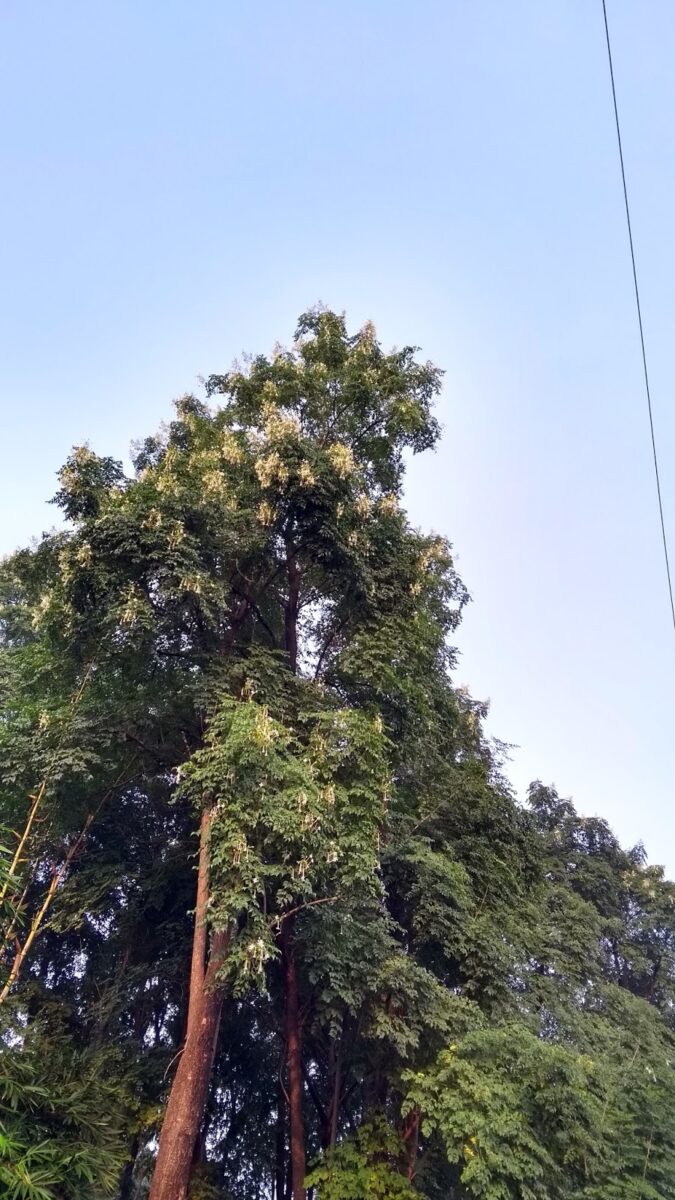
This is the time of year in Pune when the beauty of morning walks is enhanced many fold due to the haunting sweet fragrance of the Indian Cork Tree aka ‘Buccha’ (बु च्च ). The roads are carpeted with waxy tube like flowers every morning which demand us to look up at the tree. I never tire of seeing the inflorescence which looks like falling stars!! Notice the flowers in the accompanying images!!
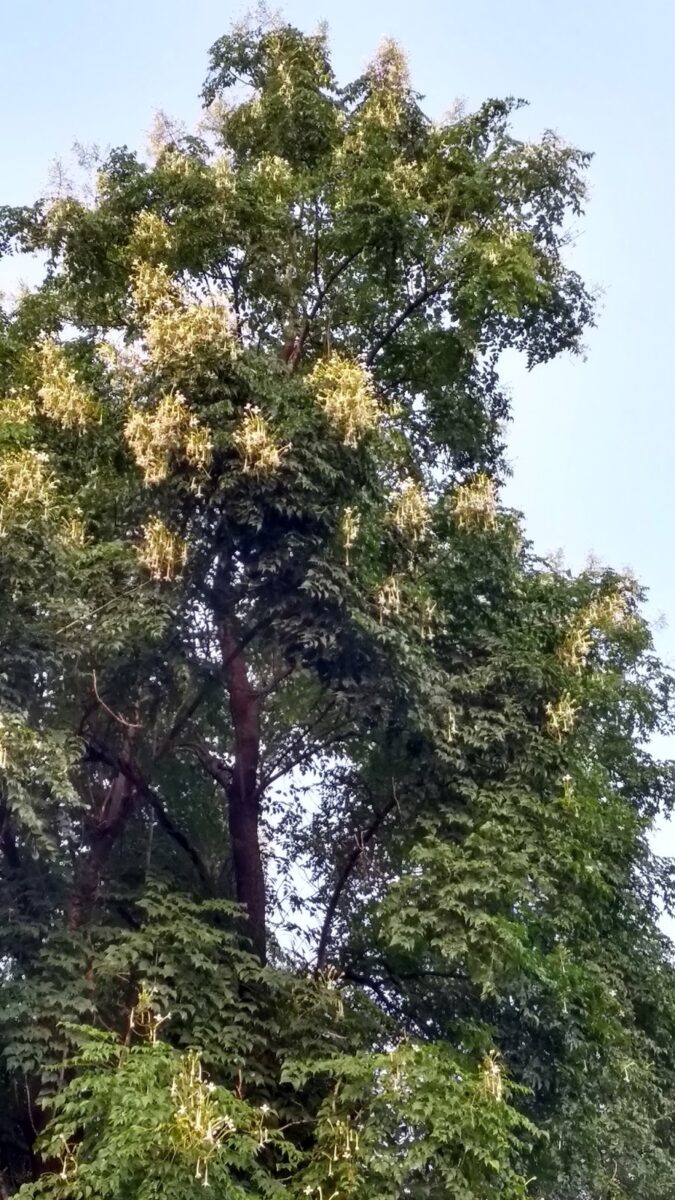
Universally known as Millingtonia hortensis of the Bignoniaceae family this tree grows straight up and fairly tall. In fact, it grows in many parts of India so many of you will easily recognise this species if not the name of the tree. The genus Millingtonia is in honour of the English botanist Thomas Millington and Buccha is the only species of the genus.
They are night blooming and are at their most fragrant in the night and early mornings. I have not seen fruit formation in my city but I am told that fruits do form in Mumbai – I guess the pollinator insects choose to stay away from here 😉
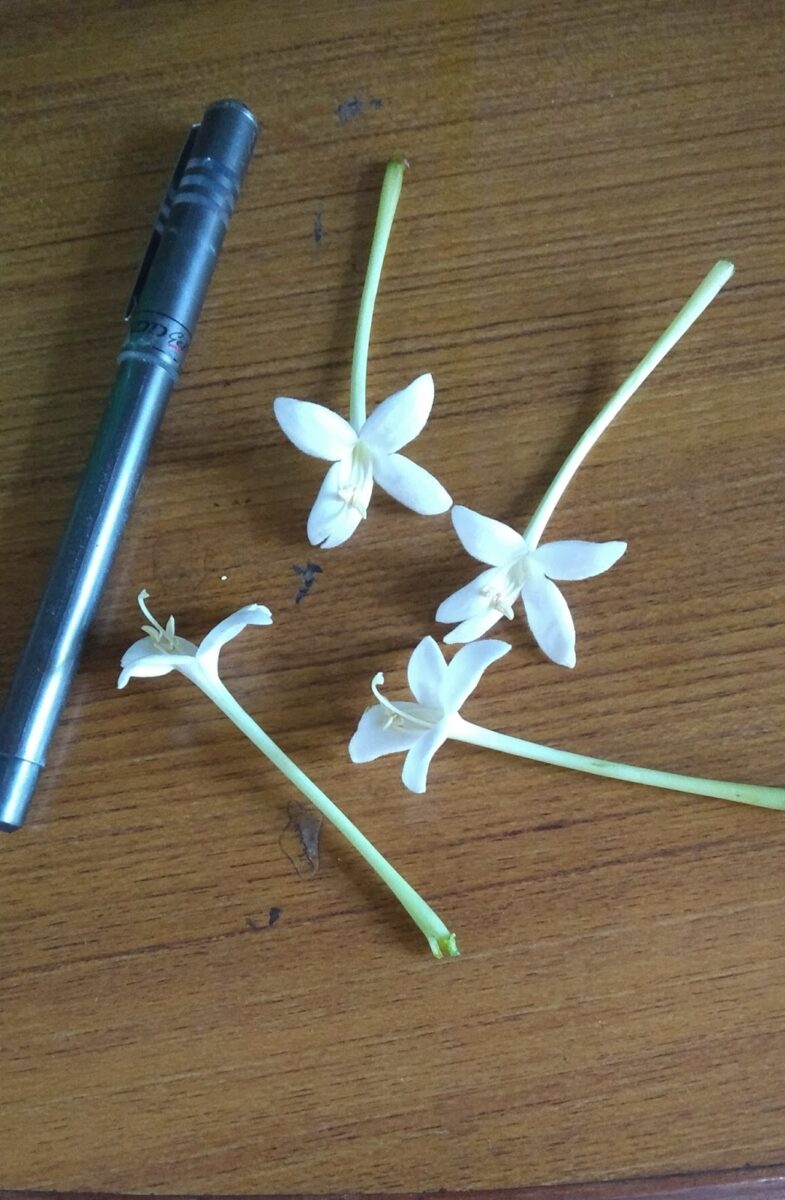 |
| Bell shaped flowers – next to a pen for size comparison |
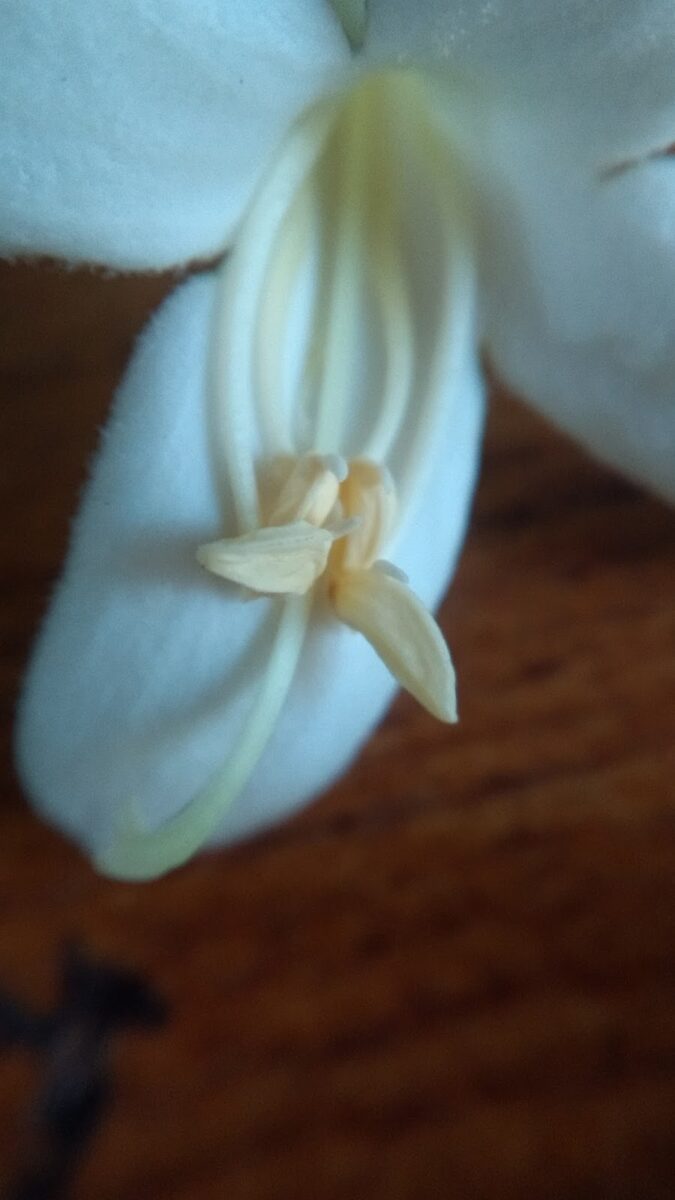 |
| Waxy petals and didynamous stamens which are peculiar to Bignonicaceae family |
The cream coloured flowers can be braided into a ‘veni’ but mind you this needs some skill and practise.
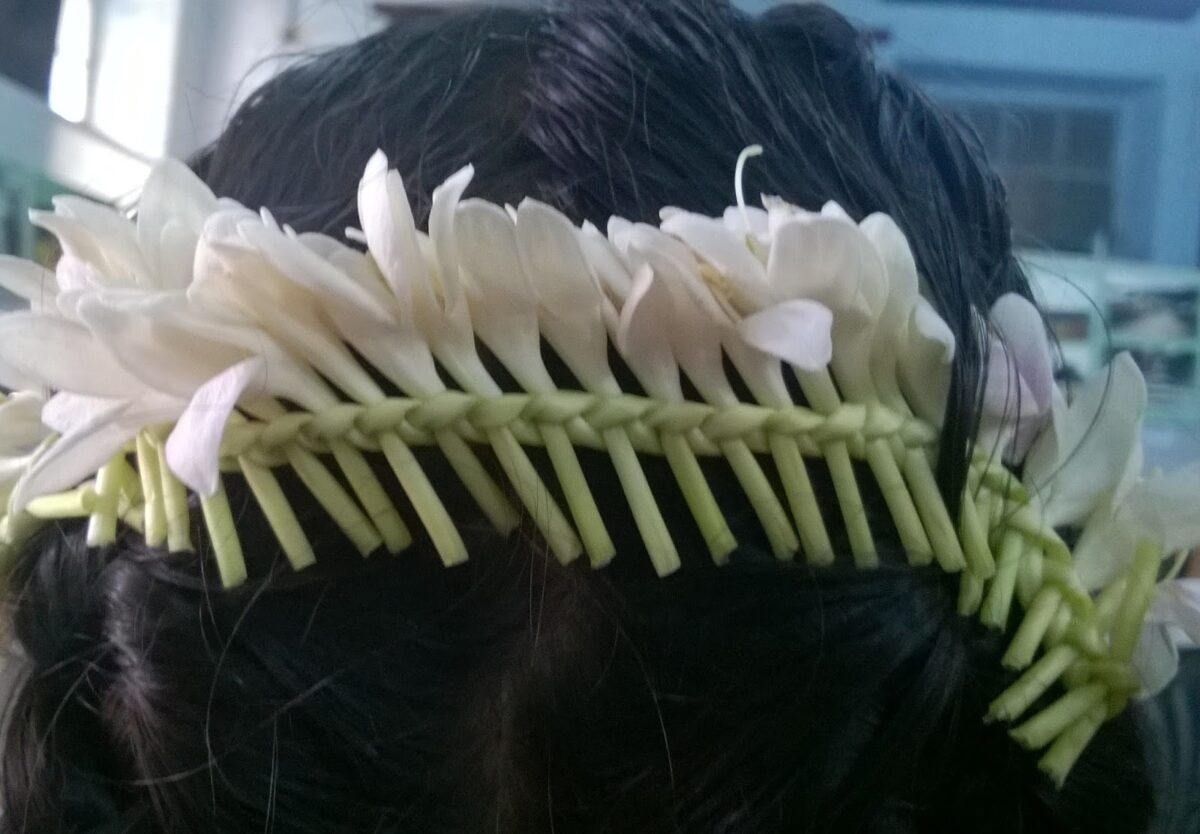 |
| Veni is the Marathi word for a braid of flowers that worn to adorn hair. |
Buccha often gives out suckers that grow sideways which means ‘baby’ plants can be found to be growing next to the older trees. It is commonly grown as a garden tree and avenue tree as well.
Millingtonia is among my favourite trees one that I never tire of seeing, writing about – I have written about or mentioned in five posts so far 🙂
Have you noticed this tree in your city?
I am participating in Parul’s #ThursdayTreeLove26. Head over to read about some amazing trees from around the world.
Update on 2 Nov 2017
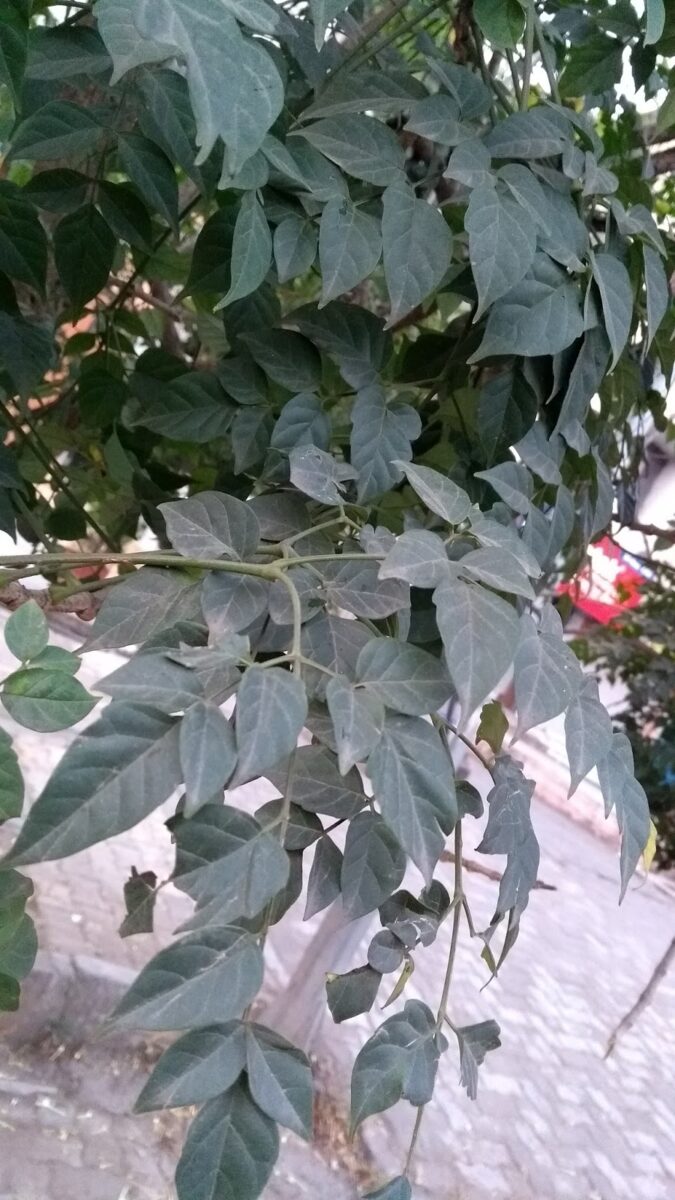 |
| Millingtonia leaf |
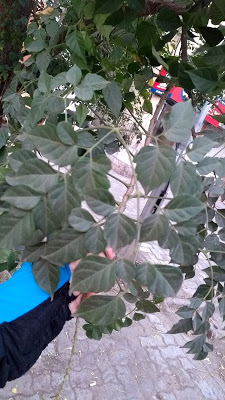 |
| Leaf |
Here is an image of the leaf. Leaf can be described as Bipinnate, leaflets are opposite in 3-5 pairs. Leaflets are ovate, acuminate with rounded base.
